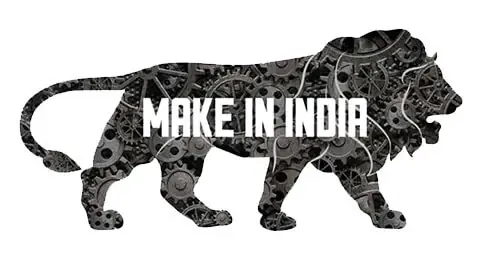Optical Disc
Optical Disc
An optical disc is a storage medium that uses laser technology to read and write data. It is commonly used for storing and distributing various types of digital content.
Types of Optical Discs:
- CD (Compact Disc):
- DVD (Digital Versatile Disc):
- Blu-ray Disc:
How Optical Discs Work:
An optical disc consists of a flat, circular disc made of polycarbonate plastic with a reflective layer and a protective coating. Data is stored in a series of pits and lands on the reflective layer.
When a laser beam from an optical disc drive shines on the disc's surface, it reflects back differently depending on the presence or absence of pits. The data is read by detecting these reflections, which are then converted into digital information.
Advantages of Optical Discs:
- Portability: Optical discs are compact and lightweight, making them easy to transport and distribute.
- Durability: Optical discs are less susceptible to physical damage compared to other storage media, such as hard drives.
- Compatibility: Most optical discs can be read by a wide range of devices, including computers, DVD players, and gaming consoles.
Limitations of Optical Discs:
- Finite Lifespan: Optical discs degrade over time and are subject to scratches and other damage, which can result in data loss.
- Storage Capacity: While the storage capacity of optical discs has increased with technological advancements, it still falls short compared to other storage options, such as external hard drives or cloud storage.
- Slow Data Transfer Rate: Transferring data from optical discs can be slower compared to solid-state drives or direct network transfers.






